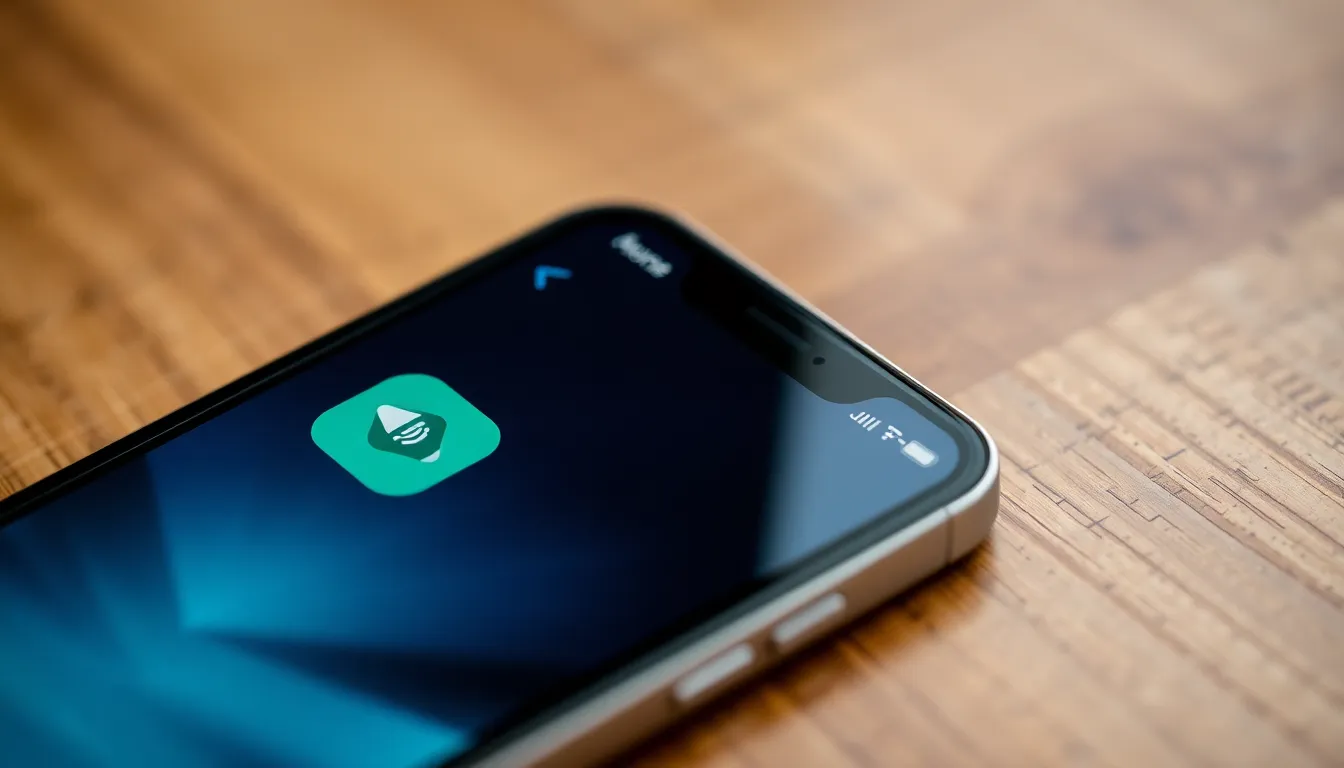Table of Contents
ToggleEver sent an audio message on your iPhone and wondered if it vanished into the digital abyss? You’re not alone. Many find themselves in the audio message limbo, anxiously waiting for a response that never comes. It’s like sending a message in a bottle but instead of the ocean, it’s just floating around in the ether of their iPhone.
Understanding Audio Messages on iPhone
Audio messages on iPhone offer a convenient way to communicate. Users can easily send voice recordings instead of typing texts, adding a personal touch to conversations.
What Are Audio Messages?
Audio messages are short voice recordings that users send through the Messages app. Recipients receive these messages as they would with text messages. Audio messages typically range from a few seconds to two minutes long, allowing for flexibility in expression. Users can convey tone and emotion more effectively using their voice. Many find audio messages useful for quicker, more engaging communication.
How They Work on iPhone
Sending an audio message involves pressing and holding the microphone icon within the Messages app. Users can record their message and release the button to send it. iPhones automatically convert audio files to a standard format for easy playback. Messages remain available in chats unless deleted. When listening, recipients can pause or replay messages. The app notifies the sender once the recipient listens, providing insight into message engagement.
Key Indicators of Message Listening

When sending audio messages on an iPhone, users often search for signs indicating message engagement. To determine if someone has listened to an audio message, consider the following indicators.
Read Receipts Overview
Read receipts play a vital role in the iPhone messaging experience. When recipients listen to an audio message, it triggers a notification in the sender’s Messages app. This feature must be enabled for both sender and recipient to function properly. If this option is active, the sender can see a read receipt, which may show the exact time the message was listened to. Individual settings can affect notification visibility, so keep that in mind while interpreting read receipts.
Voice Message Status Features
Voice message status features simplify tracking audio message engagement. In the Messages app, a small waveform icon signals incoming audio messages, allowing users to easily identify them. Once the audio has been listened to, the waveform icon may change, indicating that the message is no longer new. Users often notice that the play button remains visible even after listening. One user may need to tap this button again to replay or share the audio message. Understanding these visual cues enhances communication effectiveness and clarity in conversations.
Steps to Check Listening Status
Users can easily verify whether someone listened to their audio message by utilizing specific features within the iMessage platform. This section outlines key methods for checking listening status.
Using iMessage Features
Enable read receipts in iMessage for both sender and recipient to receive notifications when an audio message is listened to. When activated, the sender’s app displays a small blue indicator confirming the action. Users often overlook these settings; enabling this feature enhances communication clarity. If the feature is turned on, visual cues signal that messages were engaged with, reassuring users that their audio messages weren’t ignored.
Checking Playback Indicators
Playback indicators serve as essential tools for tracking audio message status. The small waveform icon appears when a message is sent, providing a visual cue that signals incoming audio. After the recipient listens, the icon changes, indicating the message has been played. Observing this change informs the sender that their message has been acknowledged. Checking this simple visual indicator can bring peace of mind to users anxious about message engagement.
Common Issues and Troubleshooting
Some users encounter difficulties with audio messages on iPhones. These issues can cause confusion and frustration regarding message engagement.
Problems with Read Receipts
Not all users enable read receipts, which affects message tracking. These receipts depend on both the sender and recipient having them turned on. If one party disables this feature, neither can see if the other listened. Also, network issues may prevent notifications from updating in real time, resulting in delays in seeing whether messages have been acknowledged. If notifications are mistakenly silenced, messages may appear unseen when they have actually been listened to. Lack of privacy settings adjustments can also prevent visibility of message statuses.
Solutions for Audio Message Playback
Ensuring the Messages app is updated resolves many playback issues. Users can start by checking for software updates under the Settings menu. Additionally, restarting the iPhone often refreshes connections and resolves minor glitches. Adjusting sound settings, including volume and mute options, can enhance playback clarity. If audio messages don’t play, it’s helpful to ask the recipient if they received it properly. Verifying internet connectivity for both parties also aids in smooth communication. Finally, deleting and re-sending the audio message can resolve persistent playback problems.
Understanding whether someone listened to an audio message on an iPhone can significantly enhance communication. By leveraging features like read receipts and playback indicators, users can gain valuable insights into message engagement. This not only alleviates anxiety but also fosters more effective conversations.
While there may be occasional hurdles such as disabled read receipts or network issues, knowing how to troubleshoot these problems empowers users to maintain clear communication. Embracing these tools ultimately leads to a more connected and confident messaging experience.




